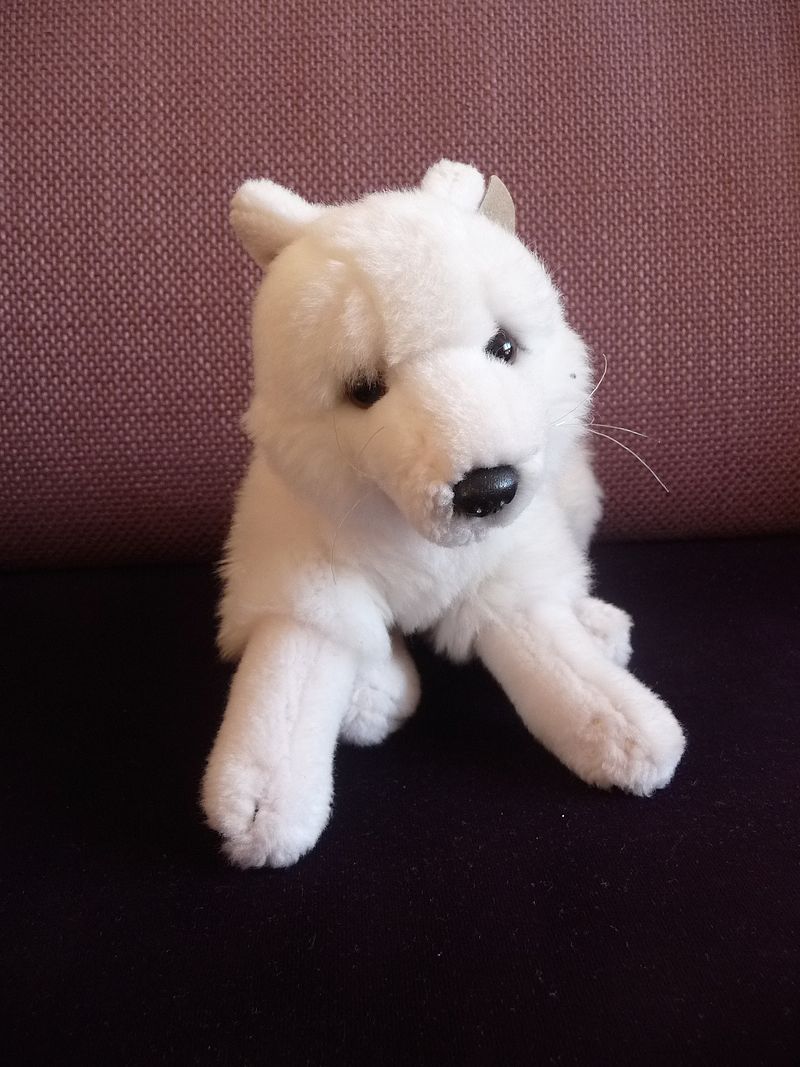Can a stuffed toy turn into a robot?
Maybe to amuse a sick child? With the right skin, yes.Robotic skins were developed at Yale for possible uses in space flight or search-and-rescue. But animating ordinary bendable objects is surely a fun way to introduce the idea:
Robotic skin that bends, stretches and contracts can wrap around inanimate objects like stuffed animals, foam tubes or balloons to create flexible, lightweight robots. Removable, reusable sheets of this artificial skin, described online September 19 in Science Robotics, could also be used to build grippers or wearable devices. …
Each piece of robotic skin is composed of elastic polymer or fabric, embedded with either air pouches that inflate when pumped full of gas or with nickel titanium coils that contract when heated by electric current. These gas pouches and coils allow the robotic skin to move and change shape. Maria Temming, “High-tech ‘skins’ turn everyday objects into robots” at ScienceNews
It is hoped that the “skin” that confers movement will be so adaptable that uses can be developed as needed with comparatively little retooling:
“Ultimately, we designed the skins to be applied to, removed from, reoriented on, and transferred between objects,” Kramer-Bottiglio said of the compatibility of the robotic skins in a video for Yale. According to her, the goal of the technology is so “a user can create robots on-the-fly to accomplish variable tasks on demand.”
While she acknowledges that the robotic skins are not consumer-ready yet, Kramer-Bottiglio notes that they “could be in the near future.” Ezra Wolfgang, “Yale researchers develop ‘robotic skins’ that bring objects to life” at ABC News
Interestingly, there were no natural models for the robotic skin:
“Our concept is simple, but interestingly we couldn’t find anything like it in the literature,” Kramer-Bottiglio wrote. “We think this is because the concept isn’t exactly bio-inspired—we haven’t found any examples of natural organisms with completely passive bodies and active skins. But, when constructing artificial systems, this approach gives us an enormous design space.” Kat Eschner, “[name]” at Popular Science
What a way for a kid to start learning robotics: Getting “Plushie” to walk.
Note: The paper is J.W. Booth et al. OmniSkins: Robotic skins that turn inanimate objects into multifunctional robots. Science Robotics (paywall).

